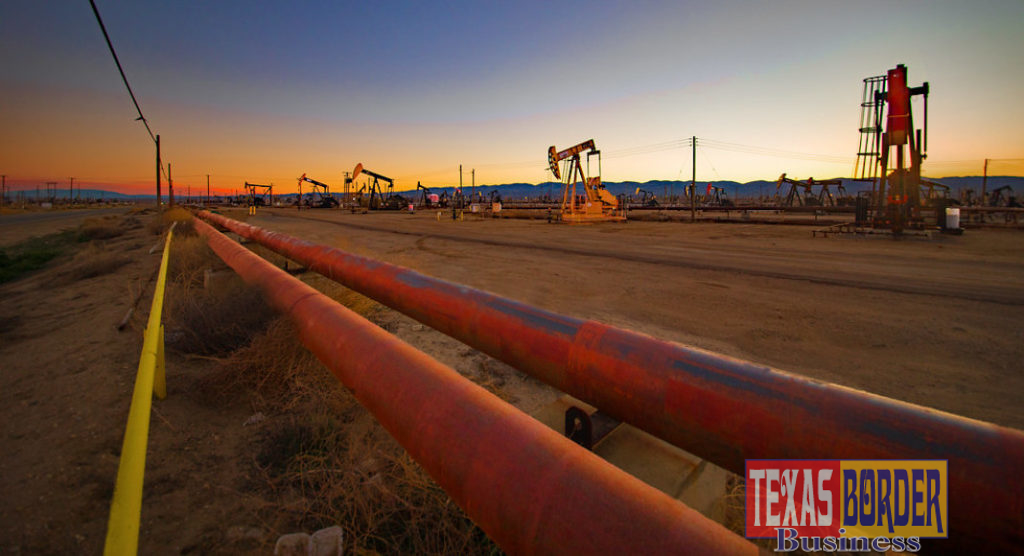
Texas Border Business
By M. Ray Perryman

We estimate that the Texas oil and gas business and related industries generate nearly two million jobs around Texas when multiplier effects are considered (as described in a recent column). The energy sector includes oil and natural gas exploration and drilling, as well as the industries required to produce, transport, transform, and deliver it to markets throughout the world.
Major industry groups in the energy sector include oil and gas extraction, oil and gas well drilling, oilfield services, pipeline construction and development, oil-related durable manufacturing, pipeline operations, refinery operations, and petrochemical operations. Establishments in each of these industries purchase a variety of necessary input goods and services from companies which, in turn, procure needed goods and services from still other firms. Employees are paid wages and salaries throughout this supply chain which they then recirculate.
Benefits thus spread across the economy, flowing not only to companies involved directly or indirectly in supplying the industry, but also to those meeting consumer-oriented needs. We used our impact assessment system to quantify the stimulus the energy sector provides to every nook and cranny of the business complex. This model, the US Multi-Regional Impact Assessment System, was developed by the firm in the 1980s and has been consistently updated, maintained, and refined since that time.
While many of the industries with significant effects are predictable, others are less apparent. The largest include oil and gas extraction (certainly not surprising), but also various categories of retail and wholesale trade, food and beverage stores, general merchandise stores, and restaurants. Moreover, car dealers see a notable impact, as do electric power suppliers, insurance carriers, telecommunications firms, trucking companies, hospitals, air transportation, and engineering services.
Looking specifically at manufacturing industries provides a different perspective on the linkages between the energy sector and other businesses across the state. In addition to related industries such as petroleum refineries and chemical manufacturing facilities, effects are also sizable for a variety of other types of operations such as apparel manufacturing and fabricated structural products. In fact, more than $300 million in yearly output is supported by the energy sector in 28 distinct Texas manufacturing industries.
When the economic effects and business opportunities related to oil and gas exploration and production are contemplated, it is not uncommon to focus on the industries and geographic areas most directly related. However, the energy sector permeates (pun intended) the economy, providing a variety of opportunities for companies across the state. Moreover, there is every indication that it will expand substantially in the future, with falling production costs diminishing (although not fully eliminating) the volatility that has characterized the sector since its inception.
Dr. M. Ray Perryman is President and Chief Executive Officer of The Perryman Group (www.perrymangroup.com). He also serves as Institute Distinguished Professor of Economic Theory and Method at the International Institute for Advanced Studies.















